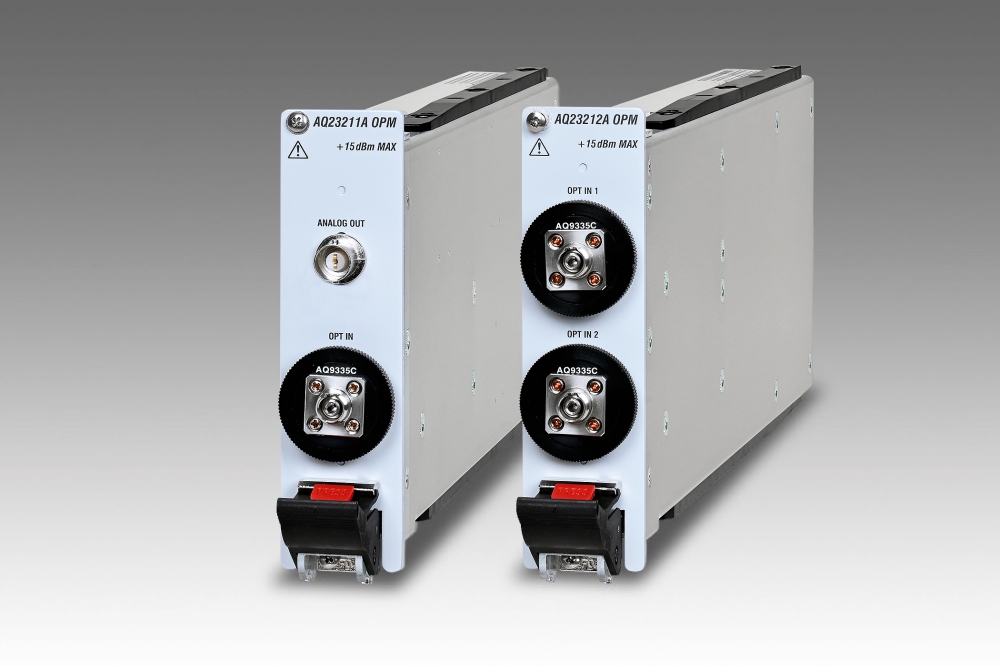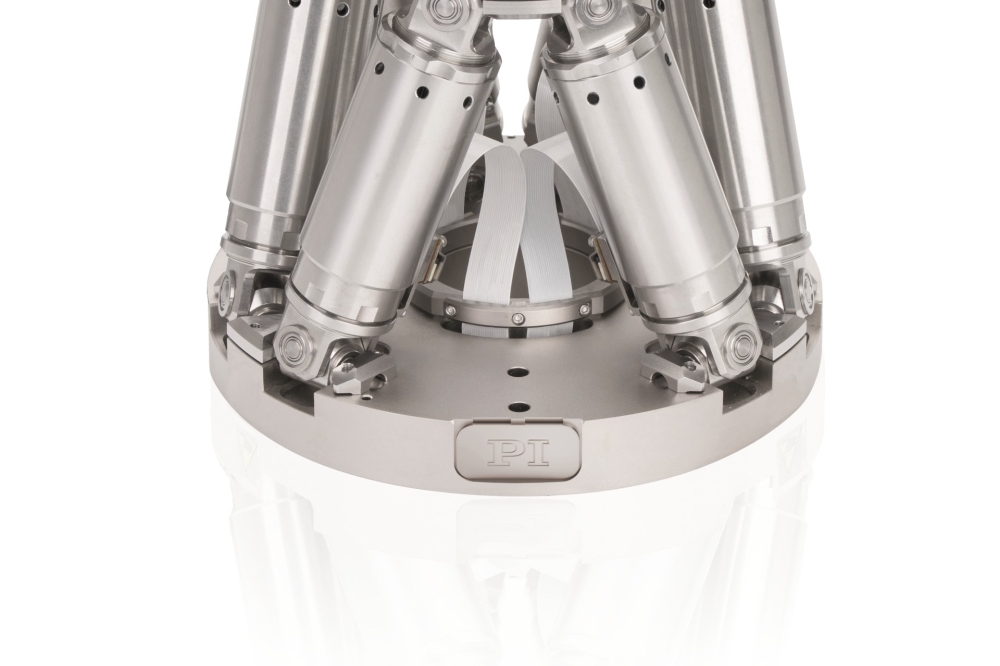The geopolitics of the semiconductor industry: navigating a global power struggle

Nations are racing to control the semiconductor technologies that power everything from consumer gadgets to defence systems. With supply chain issues, national security concerns, and economic goals all at play, the competition to lead this sector has never been more intense.
By Dunstan Power, Director of embedded design consultancy ByteSnap Design
Here we explore the dynamics shaping the semiconductor industry, from the intensifying US-China rivalry and Taiwan’s pivotal role to the global push for supply chain resilience, the rise of AI and EVs, and the challenges faced by regions like Europe and India in carving out a foothold in the sector.
US-China tensions and the semiconductor race
At the centre of semiconductor geopolitics lies the rivalry between the United States and China. While Washington seeks to maintain its technical and economic dominance, Beijing is rapidly growing its semiconductor capabilities. Allegations of intellectual property theft and questionable practices are further fuelling tensions. While US sanctions, which block China’s access to advanced manufacturing equipment, have slowed its progress, they have not dented its long-term goal of becoming a global leader in chip production.
Despite its efforts, China remains 5–10 years behind in the most advanced semiconductor technologies. The gap between its global market share in semiconductor equipment supply (3.2%) and its share of demand (34.4%) further underscores the significant challenge it faces in achieving self-sufficiency.
To counter China’s semiconductor ambitions, the US enacted the CHIPS Act, a key initiative aimed at boosting domestic production and restricting China’s access to advanced manufacturing equipment. However, the future of the legislation is uncertain following President Donald Trump’s sharp criticism during his campaign, which has raised doubts about the continuity of projects funded by the Act. This includes a £6.29 billion grant finalised by the Biden administration for Intel’s semiconductor plant in Ohio, which some GOP lawmakers are keen to protect despite broader Republican support for cost-cutting measures.
Taiwan plays a pivotal role in the semiconductor industry, with TSMC producing over 50% of the world’s chips. This dominance has raised concerns from governments and businesses like Apple about geopolitical risks from potential conflict with China. In response, TSMC is diversifying its operations by constructing new fabs in Arizona and Japan, though these facilities will contribute only about 10% of its total silicon output. Despite these initiatives, the majority of production will remain in Taiwan, highlighting the challenges of reducing reliance on a single region – a process that will take years to fully materialise.
The Netherlands has also been drawn into this geopolitical struggle, with its leading lithography equipment company, ASML, facing pressure to limit exports to China. These lithography machines, especially those using extreme ultraviolet (EUV) technology, are critical to advanced chip production and represent a linchpin in the semiconductor ecosystem. Although the Dutch government has taken steps to align with US sanctions, questions remain about the extent of its compliance.
Supply chain challenges and the road to recovery
The COVID-19 pandemic laid bare the fragility of global semiconductor supply chains. A surge in demand for electronics and automotive components created an acute shortage, with lead times stretching beyond a year. During this crisis, China absorbed a significant share of global demand. However, as the pandemic’s supply chain pressures eased in early 2023, the industry faced a new problem: overproduction and excess inventories. Companies, having overordered during the crisis, found themselves saddled with surplus chips, dampening innovation and creating market instability.
Despite the challenges, the semiconductor industry is rebounding, largely driven by the surging demand for artificial intelligence (AI) applications. AI-specific chips, such as those produced by Nvidia, have experienced explosive growth, marking a significant shift in market priorities. The AI chip market, valued at £49.1 billion in 2023, is projected to grow at a compound annual rate of 29.4%, reaching £496.9 billion by 2032.
Another key driver is the rising integration of semiconductors in electric vehicles (EVs). Globally, 15.2 million EVs were sold in 2024, reflecting a 25% year-to-date increase, according to Rho Motion. China leads the charge, setting a record with 1.3 million units sold in November 2024 alone, almost entirely from battery electric vehicles (BEVs). Brands like Geely, Tesla, and Changan were among the top sellers, further cementing China’s dominance in the EV market.
China’s high EV sales have profound geopolitical implications for the semiconductor industry, as EVs rely heavily on advanced chips for critical systems. By leading global EV adoption, China is solidifying its influence in the semiconductor sector, even as it remains dependent on foreign technology. This dynamic heightens competition with the US and Europe, driving their efforts to secure supply chains and reduce reliance on Taiwan for chips and China for EV technologies. At the same time, China’s integration of domestic semiconductor development into its booming EV industry strengthens its position in the global tech race, making semiconductors a focal point of both economic strategy and geopolitical power conflicts.
Europe’s struggles in the semiconductor landscape
Europe, while home to significant players like NXP and STMicroelectronics, has long been overshadowed by its US and Asian counterparts. The region faces several challenges, including a lack of large-scale investment and a struggling automotive sector. Germany, the largest electronics market in Europe, exemplifies these difficulties, with its car manufacturers grappling with the transition to EVs. Meanwhile, China is taking the lead in EV technology, putting further pressure on Europe’s traditional industries.
In response, the European Union has pledged billions in subsidies to bolster its semiconductor sector. For instance, Germany recently announced a €2 billion investment aimed at strengthening chip manufacturing. While this is a step in the right direction, the scale of investment pales in comparison to the costs of building state-of-the-art fabs. There is, however, a need for greater financial commitments to reduce reliance on non-European manufacturers and foster more innovation.
Europe’s progress is, however, hampered by bureaucratic red tape and political vacillation.
Unlike the US, which has adopted a more aggressive approach to reshoring manufacturing, Europe appears to be on the sidelines of this global competition. The UK, in particular, has little influence, with limited government investment and a reliance on allies for strategic direction. Efforts to block Chinese acquisitions, such as the attempted purchase of a fab in Wales, highlight the UK’s defensive posture but do little to address its lack of domestic manufacturing capability.
Global trends reshaping the semiconductor industry
The semiconductor industry is navigating a critical period of transformation. Diversification of manufacturing, while necessary to mitigate risks tied to Taiwan’s dominance, highlights the sheer complexity and cost of redistributing global supply chains. The strategic investments in fabs across the US, Japan, and Europe signal progress, but achieving meaningful independence will require years of sustained effort and collaboration.
AI and electric vehicles are reshaping semiconductor design and production, driving demand for specialised chips that power these transformative technologies. This shift creates opportunities for regions like India, with its £12 billion investment in chip-packaging plants and its first modern chip fab, and Europe to carve out niches.
However, realising this potential will also require solutions to critical talent shortages. The expertise required for semiconductor design and manufacturing is concentrated in regions like Taiwan and South Korea, where decades of focused development have cultivated a highly skilled workforce. New entrants to the industry, such as India, face significant challenges in building this specialised talent pool, with red tape and bureaucratic hurdles adding further delays. Even with AI assisting in aspects of chip design, the deep, specialised knowledge needed for tasks such as coding, placement, and fabrication remains irreplaceable by automation.
At the heart of these trends is a renewed emphasis on resilience. Nations and corporations are beginning to view semiconductors as strategic assets, integral to both economic stability and national security. This recalibration is fostering an ecosystem where long-term innovation and cross-border collaboration may ultimately outweigh competition. If governments and industries align their priorities effectively, the semiconductor sector could emerge not only stronger but also more decentralised and inclusive, offering a more secure foundation for future technological growth.






























